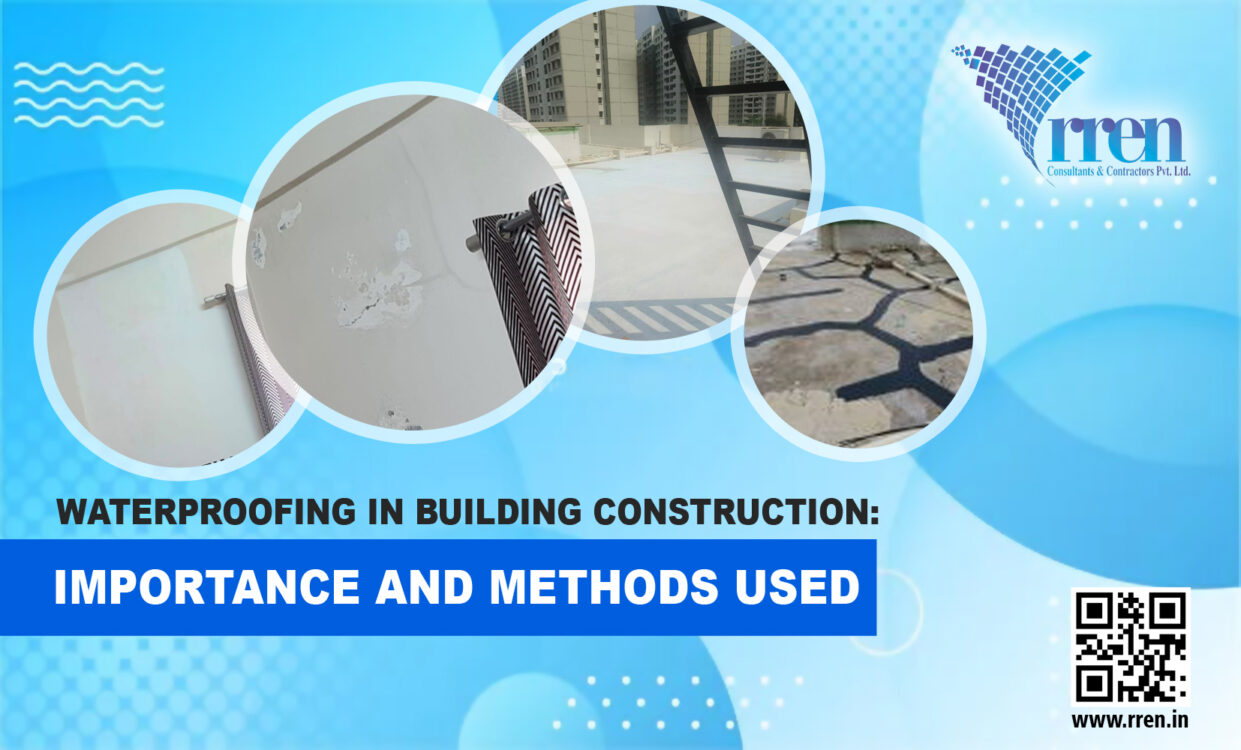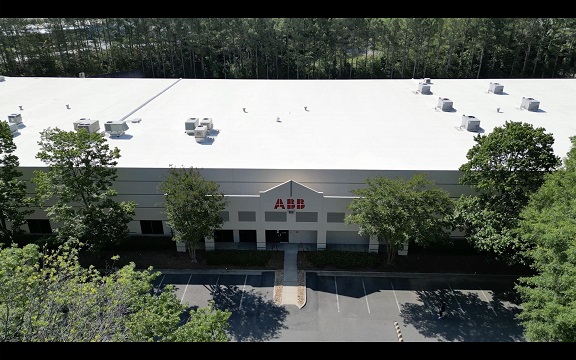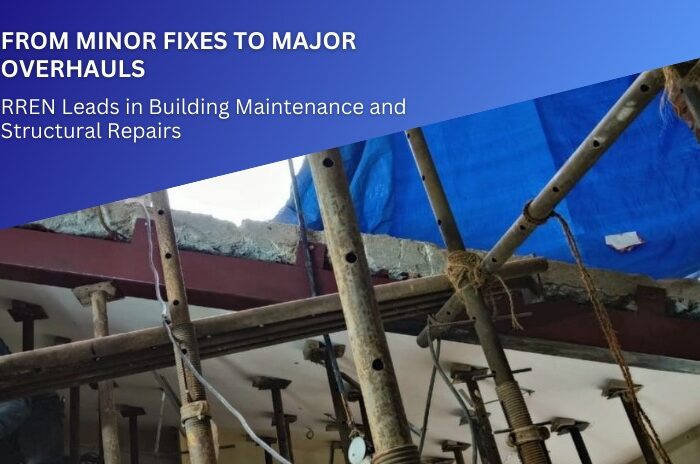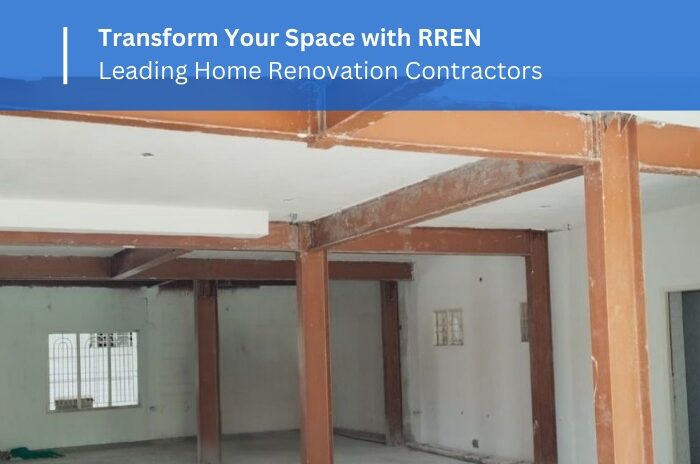Introduction:
Creating a barrier to stop water from penetrating buildings and other structures are the goal of waterproofing, which is an essential part of the construction. Contemporary methods of waterproofing provide improved resistance to water seepage and longevity. Whether it’s water tanks, swimming pools, balconies, patios, walls, bathrooms, kitchens, or cellars. Using the appropriate waterproofing technique is crucial to maintaining the building’s longevity and structural soundness.
Water damage during the monsoon can jeopardize occupant safety and require expensive repairs. Construction experts can successfully protect buildings against water-related problems by applying contemporary waterproofing solutions.
Importance of Waterproofing:
Waterproofing increases your house’s value, which is the biggest advantage. This system prevents unwanted moisture from seeping into your walls, thereby allowing mold to grow. Mold can impact our health negatively. It also prevents damage caused due to water seepage which can ruin the structural integrity of your home. Moisture also causes metals to rust and wood to decay. As you know unhealthy living areas and weak foundations will affect the property value of your house. Also, waterproofing systems can open up the basement area and thereby increase the utility of your home’s square footage. This also helps in increasing the value of your house in the market.
The Most Popular Waterproofing Methods:
Cementitious Waterproofing Method:
This method involves the application of a cement-based coating or slurry to the surface of the foundation or structure to provide a waterproof barrier. The cement-based coating is applied to the surface using a roller or brush and is often used in conjunction with a drainage system to ensure that water is directed away from the building.
Liquid Waterproofing Membrane:
This method involves the application of a liquid coating or membrane to the surface of the foundation or structure to prevent water from penetrating. The liquid coating is typically made of rubber or plastic and is applied to the surface using a roller or brush. This method is often used on foundations, basements, and other below-grade structures. It is also commonly used on decks, balconies, and other elevated structures. The main advantage of this method is that it is easy to apply and can be used on a variety of surfaces.
Polyurethane-based Sealants:
Polyurethane-based sealants are commonly used for sealing joints and gaps in structures. They provide excellent adhesion and flexibility, allowing for movement without compromising the waterproofing. Construction professionals widely use these sealants in the construction of windows, doors, expansion joints, and other areas where they require a flexible and durable seal.
Rubberized Asphalt:
Rubberized asphalt waterproofing is a method of waterproofing surfaces using a mixture of asphalt and rubber. The rubber is typically made from recycled tires and is added to the asphalt to create a flexible, durable waterproof membrane. The mixture is heated and applied to the surface to be waterproofed, typically using a roller or brush.
Conclusion:
Whether you’re building a new home or renovating an existing one, waterproofing is essential as it will preserve its appearance and raise its market worth. The majority of households regularly deal with issues like moisture and seepage. These problems are primarily the result of poor building practices and insufficient waterproofing. Even though the visible consequences—such as wall puffiness, moisture, and peeling paint—may not seem like much, they can cause major damage to the house if left untreated. Therefore, you need to choose the best construction firm to waterproof your home effectively and with high-quality materials.











